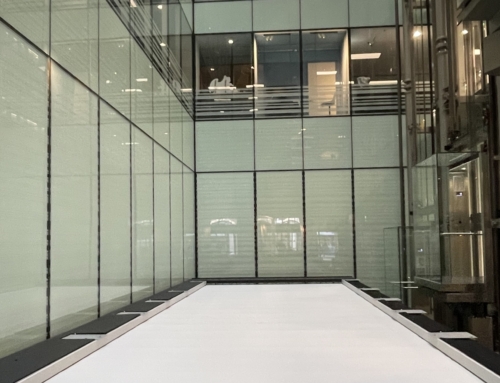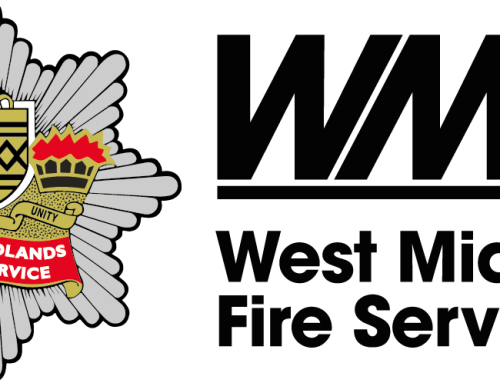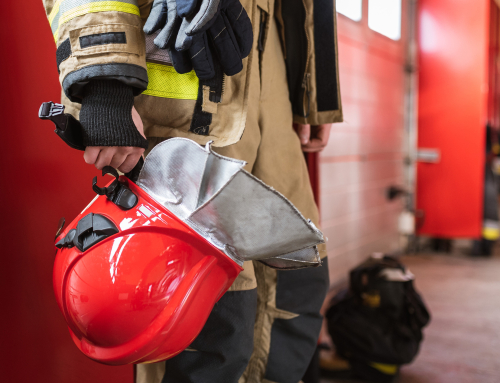Enhancing Fire Safety for Greenwich University

Enhancing Fire Safety for Greenwich University
Located on a UNESCO World Heritage Site, Greenwich University is deeply committed to maintaining the highest standards of safety for its students, faculty, and staff. Given the historic significance and dense population of the campus, especially within its halls of residence, fire safety is a top priority. The university recognises that ensuring the well-being of its community and preserving the integrity of its historic buildings are crucial responsibilities.
To bolster its fire safety measures, Greenwich University embarked on an ambitious project aimed at enhancing fire protection across its campus. Recognising the complexity of the task, the university sought the expertise of Sodexo, a global leader in quality-of-life services, to help manage the initiative. Together, they awarded Surefire, a renowned fire safety solutions provider, the critical role of implementing a comprehensive passive fire stopping project.
Passive fire stopping is an essential aspect of fire safety, focusing on containing and slowing the spread of fire, smoke, and heat within a building. By sealing gaps and installing fire-resistant barriers in walls, floors, and ceilings, passive fire stopping plays a vital role in protecting occupants and providing valuable time for evacuation during a fire emergency.
The project at Greenwich University was strategically planned, with Surefire conducting a thorough assessment to identify areas of concern that required immediate attention. These priority areas included high-traffic zones, key structural points, and locations within the halls of residence where the risk of fire spread was deemed significant.
One of the primary challenges was the need to carry out the work with minimal disruption to the university’s daily operations and the lives of its occupants. Surefire, in close collaboration with Sodexo and the university’s facilities management team, devised a phased approach to the project. This method allowed the work to be completed efficiently and effectively, with careful scheduling that minimised interference with academic activities and student life.
Throughout the project, communication was key. Regular updates and consultations ensured that all stakeholders, including students, staff, and faculty, were informed of the progress and any temporary inconveniences. The collaborative approach not only fostered a sense of shared responsibility but also reinforced the university’s commitment to safety and well-being.
By the conclusion of the project, Greenwich University had significantly enhanced its fire safety infrastructure. The successful implementation of the passive fire stopping measures provided an added layer of protection, ensuring that the university’s historic buildings and their occupants are better safeguarded against the threat of fire. This initiative not only underscores the university’s dedication to maintaining a safe environment but also serves as a model for other institutions seeking to balance the preservation of heritage sites with modern safety standards.






